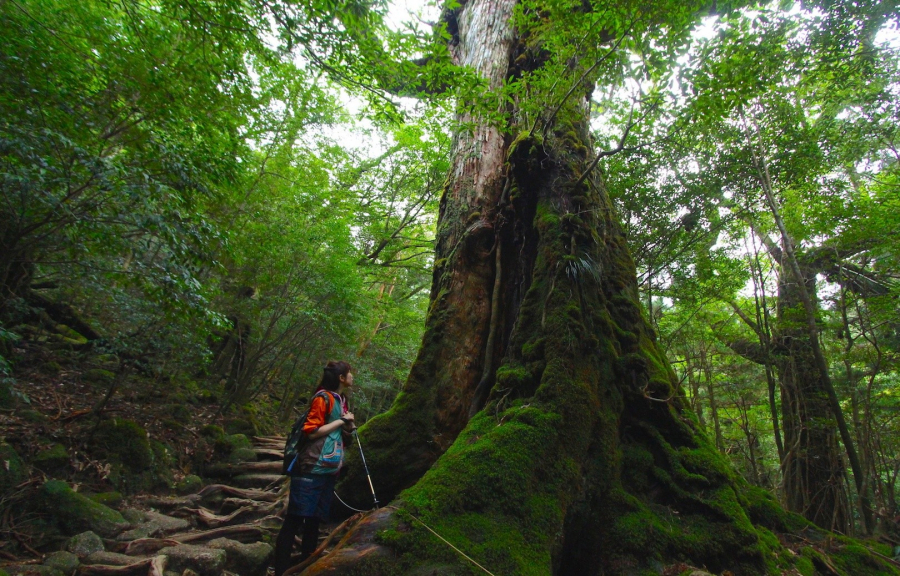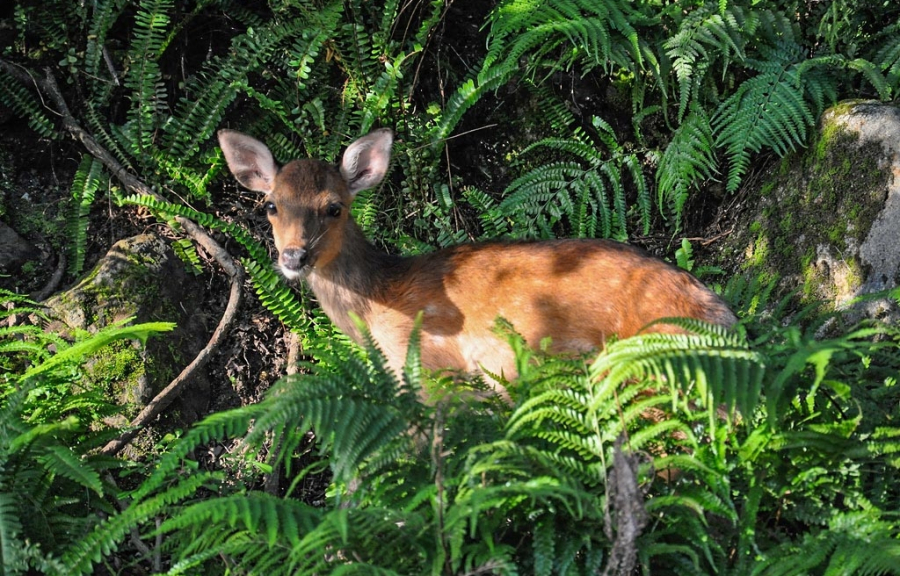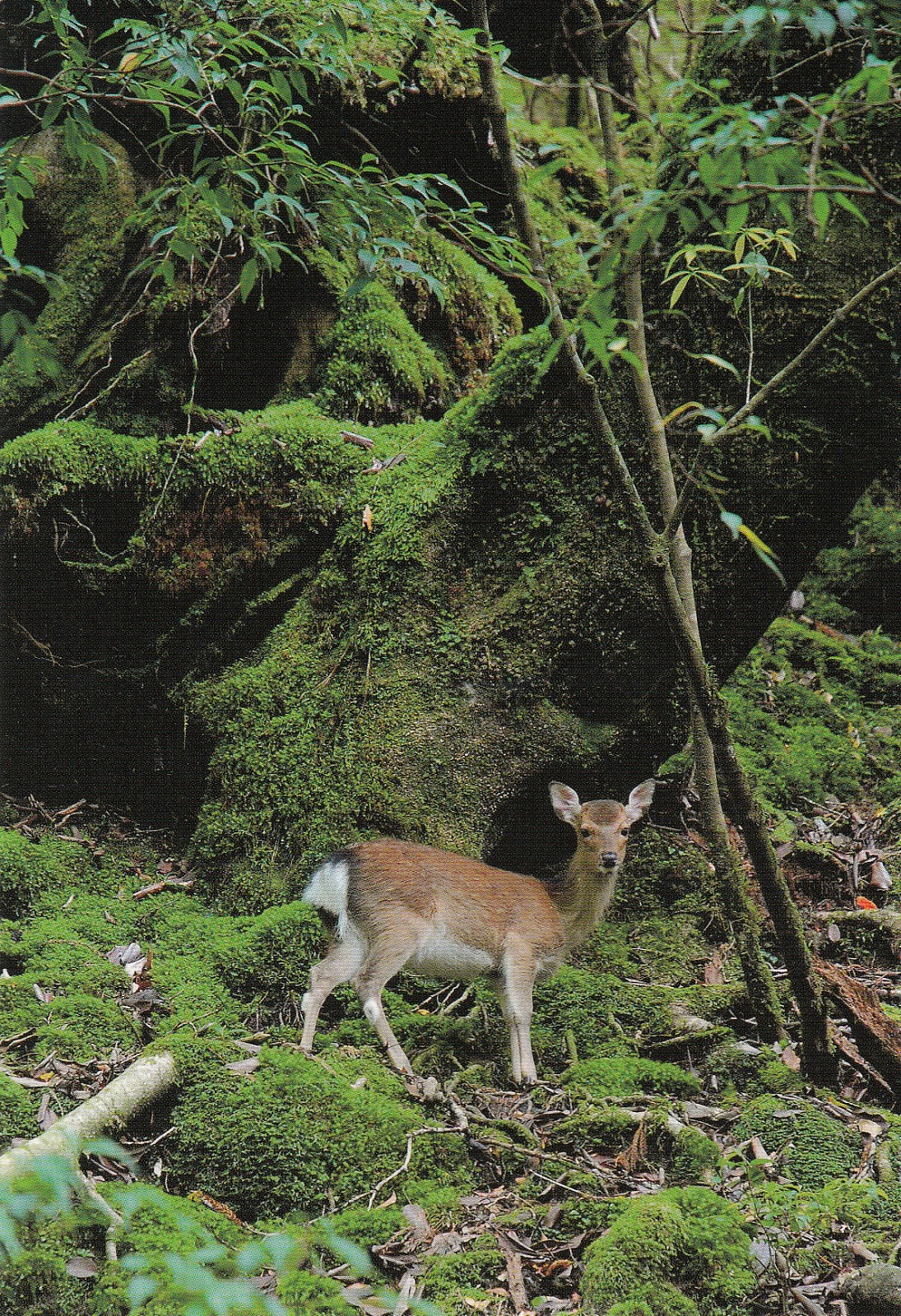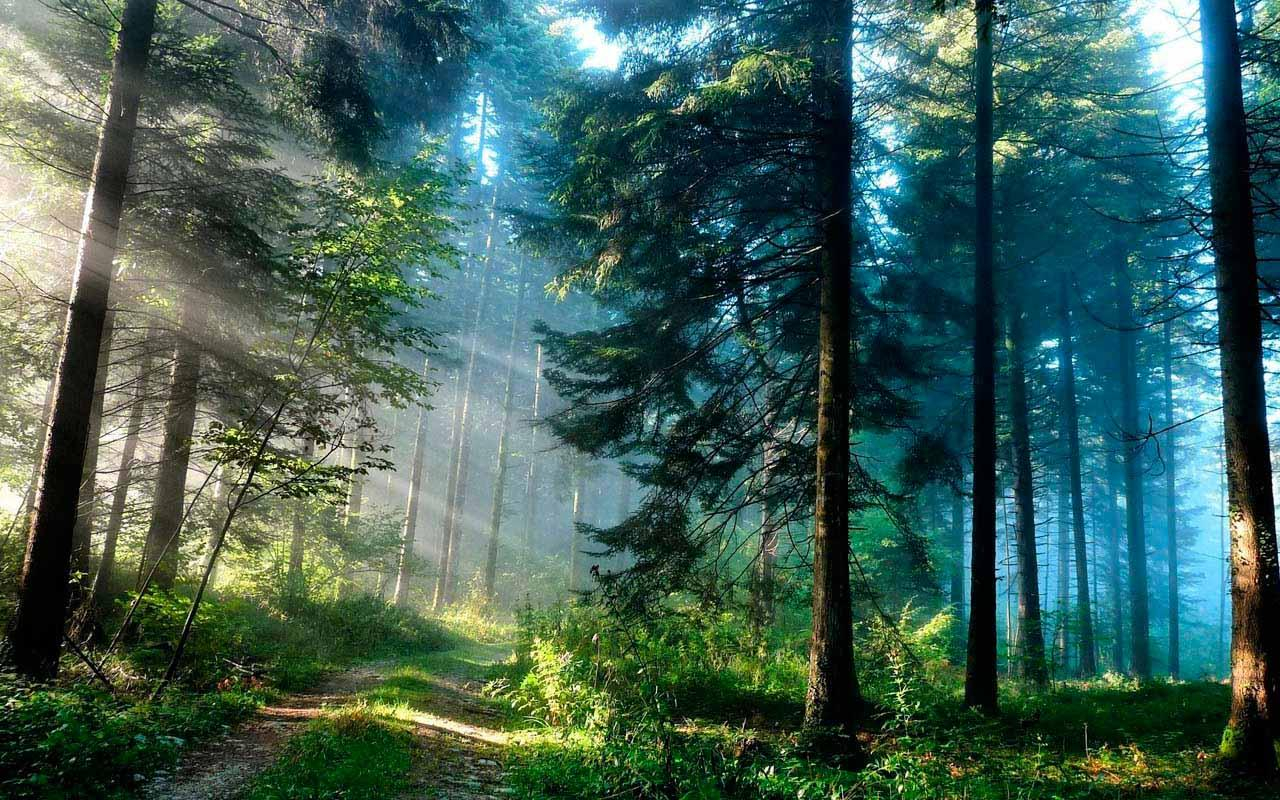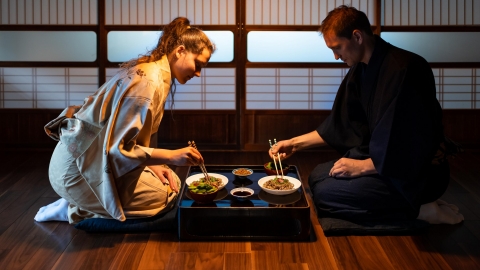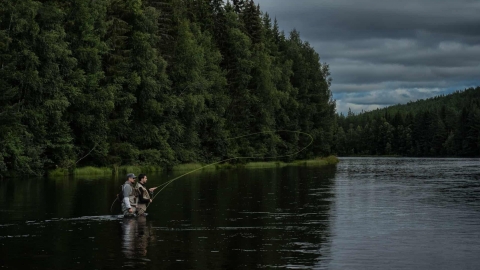In Japan in 1982, the Ministry of Forestry coined the term "shinrin-yoku", meaning "immersing yourself in the forest" or "forest bathing". This is not a walking or jogging exercise, but simply embracing and connecting with nature through the senses of smell, taste, sight, hearing and touch, by inhaling the scent of the forest, enjoying the fresh air, watching the leaves change color, listening to the birdsong, the sound of the stream flowing, touching the smooth green moss, the smooth stones or the rough bark and feeling the wind caressing the skin. And when the senses are opened, we begin to connect with the natural world.
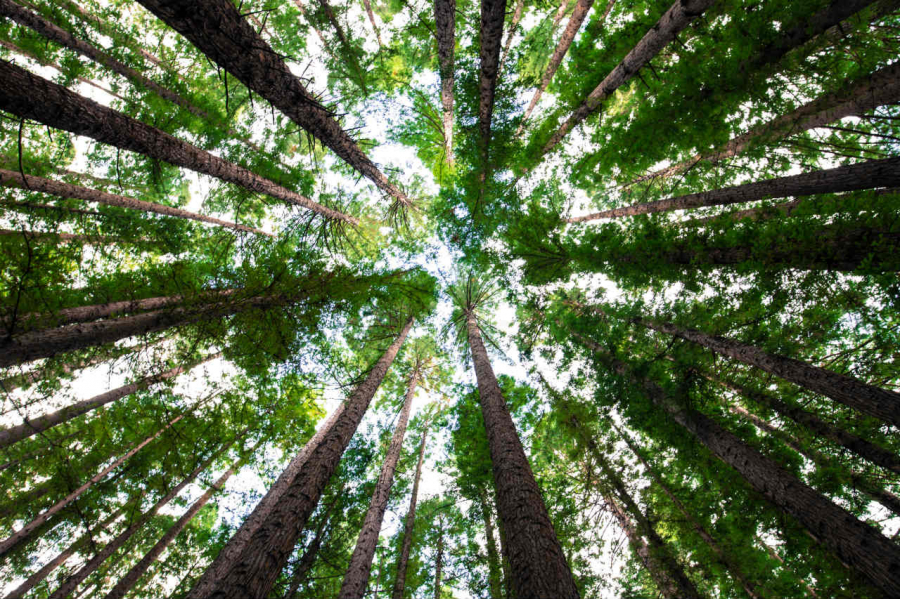
Results of Japanese studies have shown that "forest bathing" improves sleep quality, mood, concentration and stress levels.
Since the 1980s, the Japanese government has gradually realized the negative effects of the technology boom on urban residents such as depression, lack of concentration, body aches, etc. Crowded cities are not a place for real relaxation, instead, only forests bring a sense of peace. Therefore, the Japanese Ministry of Agriculture encourages people to connect with nature through this special health therapy. Through the experience of returning to the green forest, people not only improve their physical health but also improve their mental health. Currently, this type of activity is widespread and popular not only in Japan but also in countries such as the US, Korea and Taiwan.
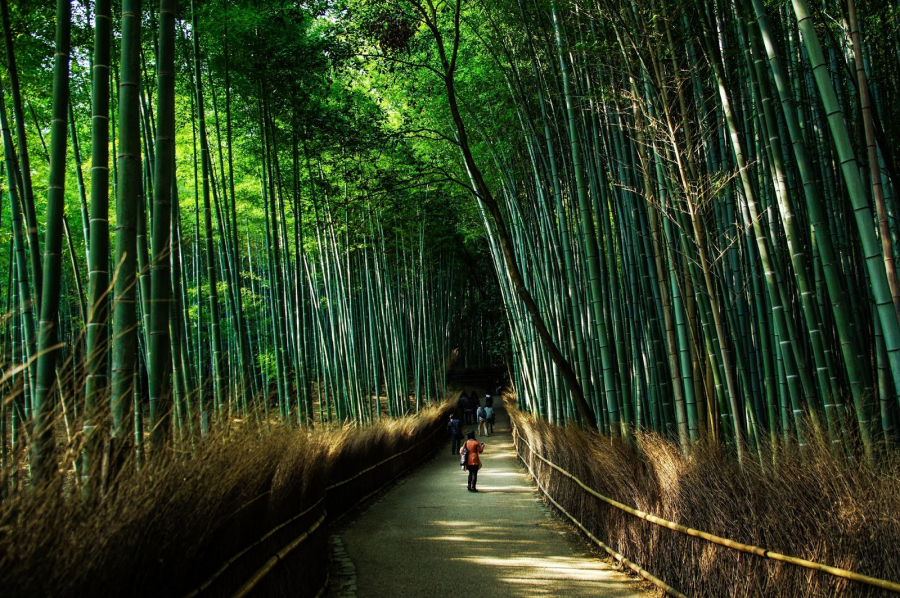
Shinrin-yoku has led to a healthier lifestyle for people of all ages.
There are centers across Japan that specialize in this shinrin-yoku therapy and will offer organized tours based on the individual needs of the visitor. With the help of a guide or therapist, visitors will learn to slow down and enjoy the surrounding nature, and can end the shinrin-yoku session with a tea ceremony.
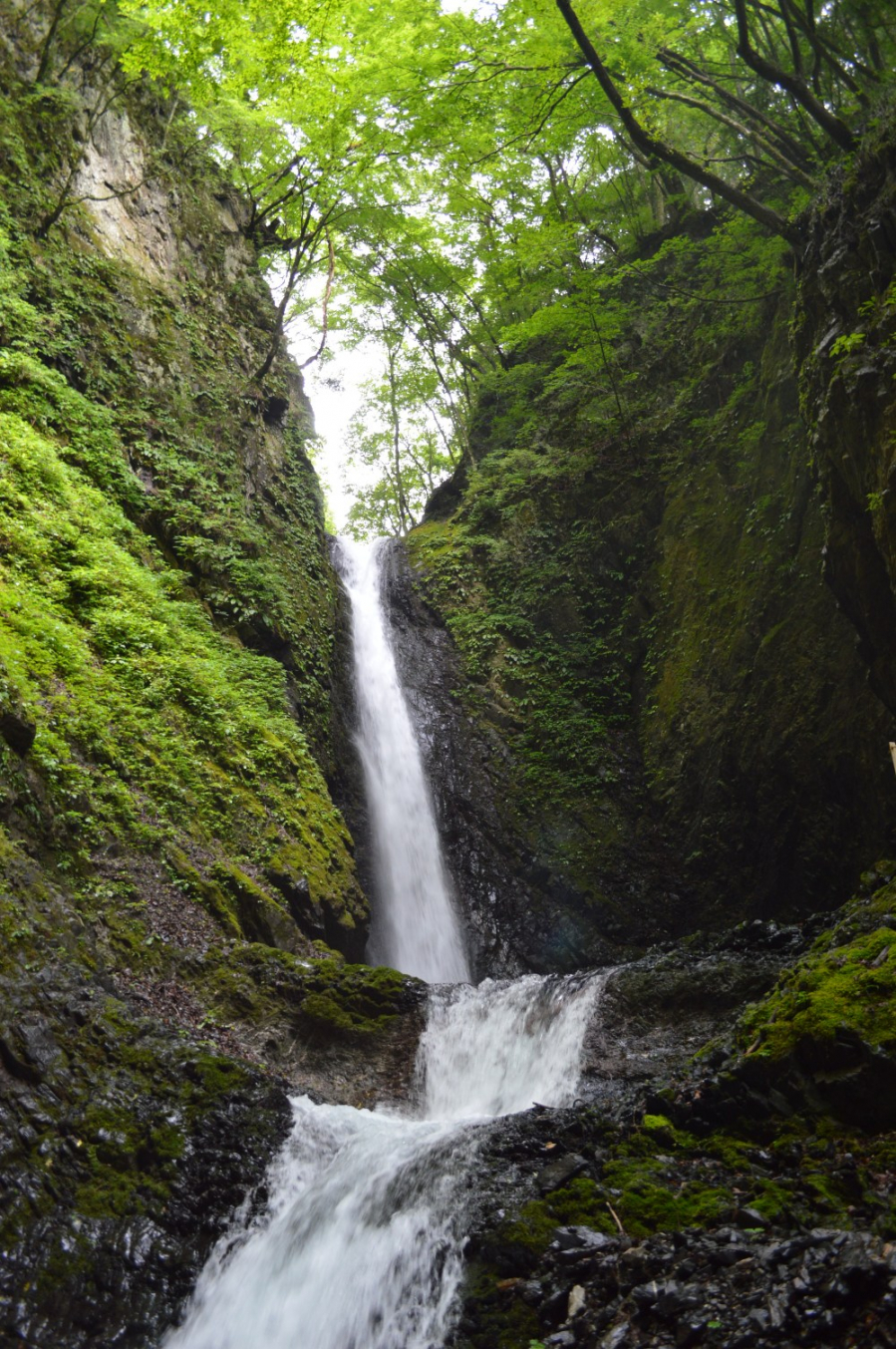
Myouren Falls is a great destination for "forest bathing"

The path to Himuro Shrine, Fujikawa
If you want to do some forest bathing yourself, the beautiful national parks are the perfect destination. If you like hiking, head to the Japan Alps – three mountain ranges in the Chubu region of Honshu, with a climate similar to the European Alps – which stretch from Toyama Prefecture to Shizuoka Prefecture. The Japan Alps include several peaks over 3,000m, including Mt. Kita (3,193m), Mt. Hotaka (3,190m), and Mt. Ontake (3,067m), an active volcano.
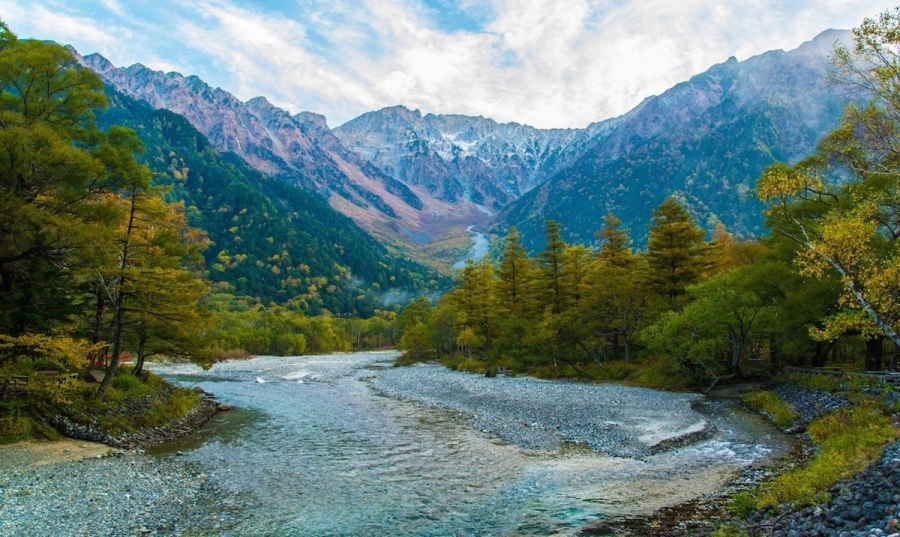
Japanese Alps
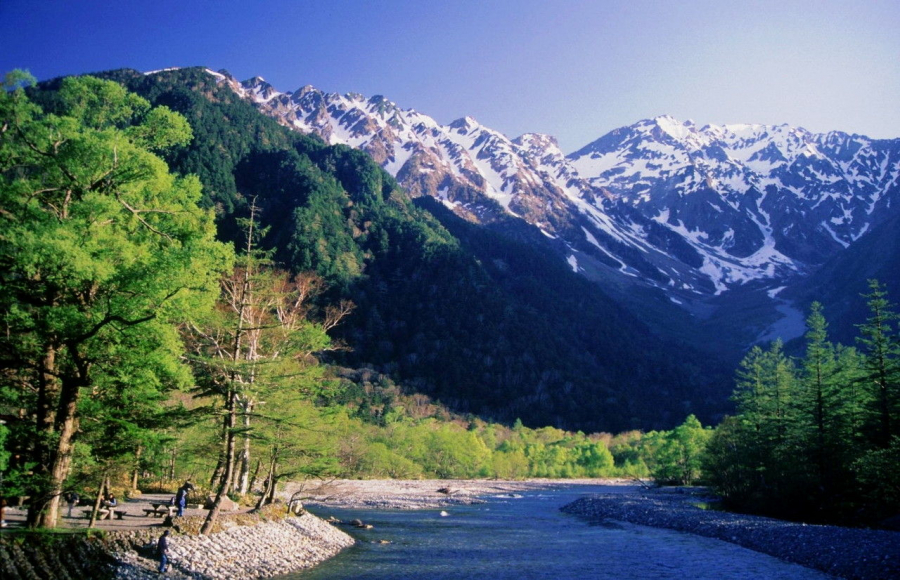
Mount Hotaka

Mount Yari in Nagano and Gifu prefectures
If you are more into spiritual pilgrimage, head to Kii, the largest peninsula on Japan's Honshu Island, located south of Osaka. Here, visitors can experience "forest bathing" in the famous Yoshino-Kumano National Park, which covers more than 61,400 hectares, with diverse landscapes such as mountains, rivers, seas... and sacred pilgrimage trails. Kumano Sanzan is the name of the three major shrines located in the southeast of the Kii Peninsula, including Kumano Hongu Taisha, Kumano Hayatama Taisha and Kumano Nachi Taisha.

Yoshino-Kumano National Park
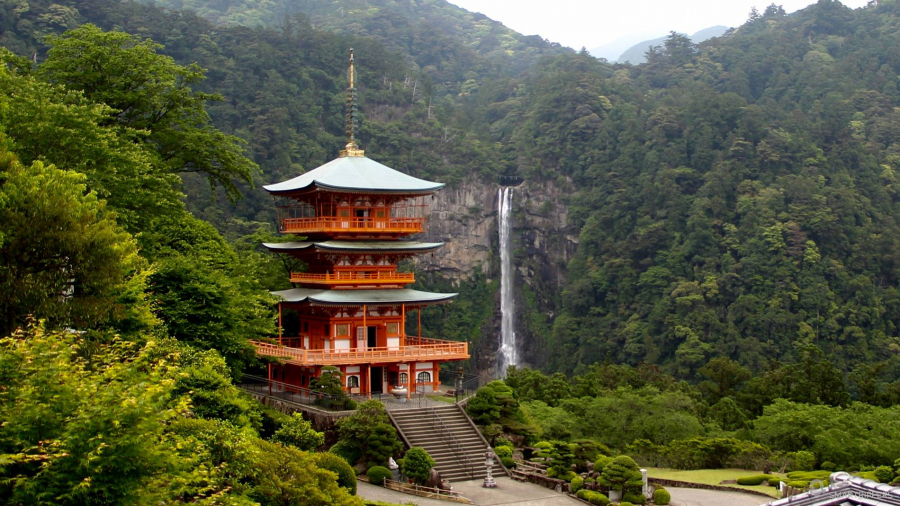
The scenery of Kumano Nachi Taisha Shrine is even more impressive with the 133 m high Nachi Falls.
For adventure enthusiasts, head south to Yakushima National Park on the island of the same name in Kagoshima Prefecture, at the southern tip of Kyushu, and discover the inspiration forPrincess MononokeStudio Ghibli's Yakushima is a subtropical island, shaped like a dot, famous for its highest peaks in Kyushu, and is also home to ancient cedar trees that are thousands of years old, the oldest in the country. It is considered one of the most ideal places for "forest bathing". In 1993, Yakushima Island was recognized by UNESCO as a World Natural Heritage. UNESCO's heritage records say it is home to 1,900 species and subspecies of plants, 16 species of mammals, and 150 species of birds.
